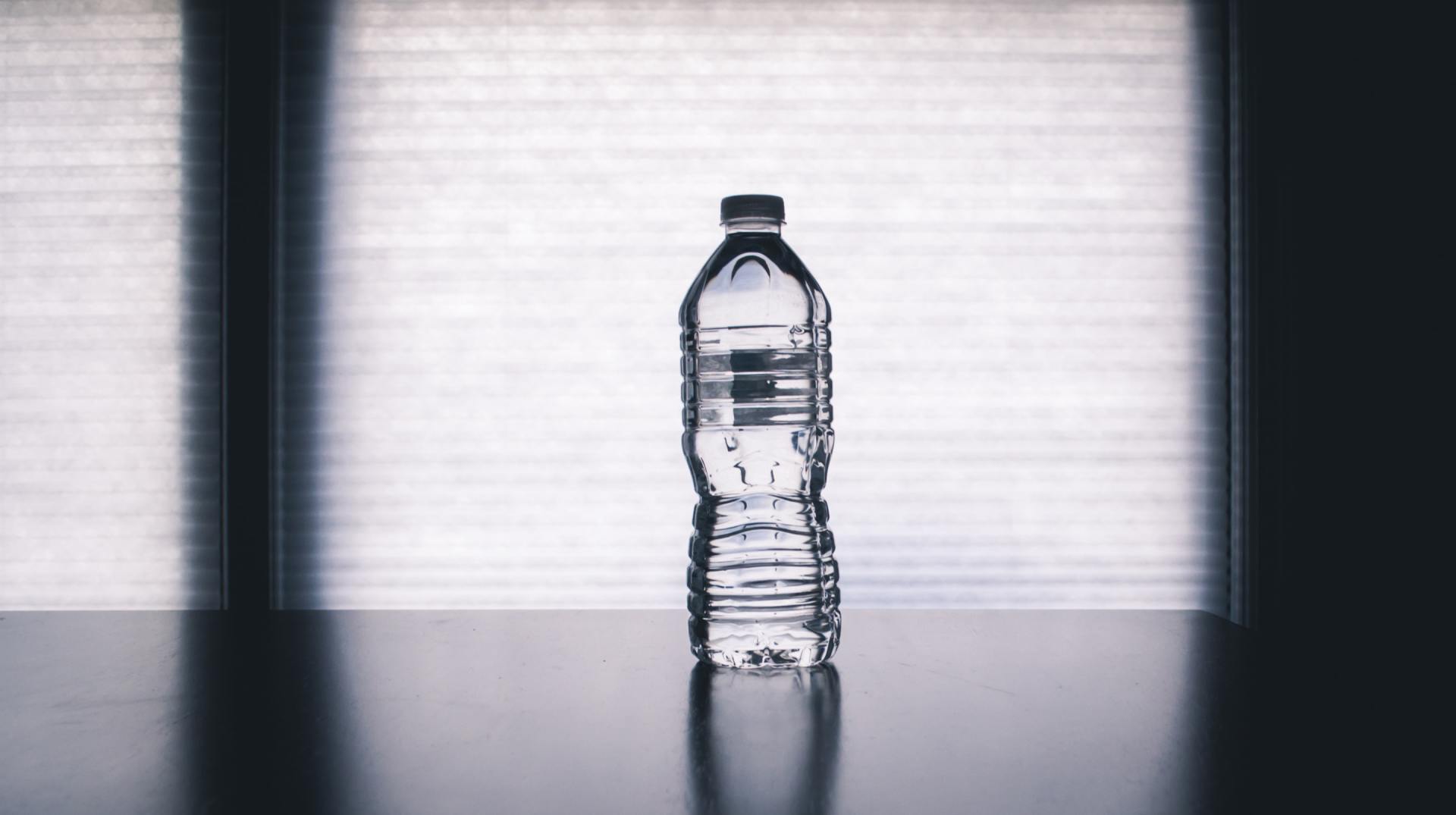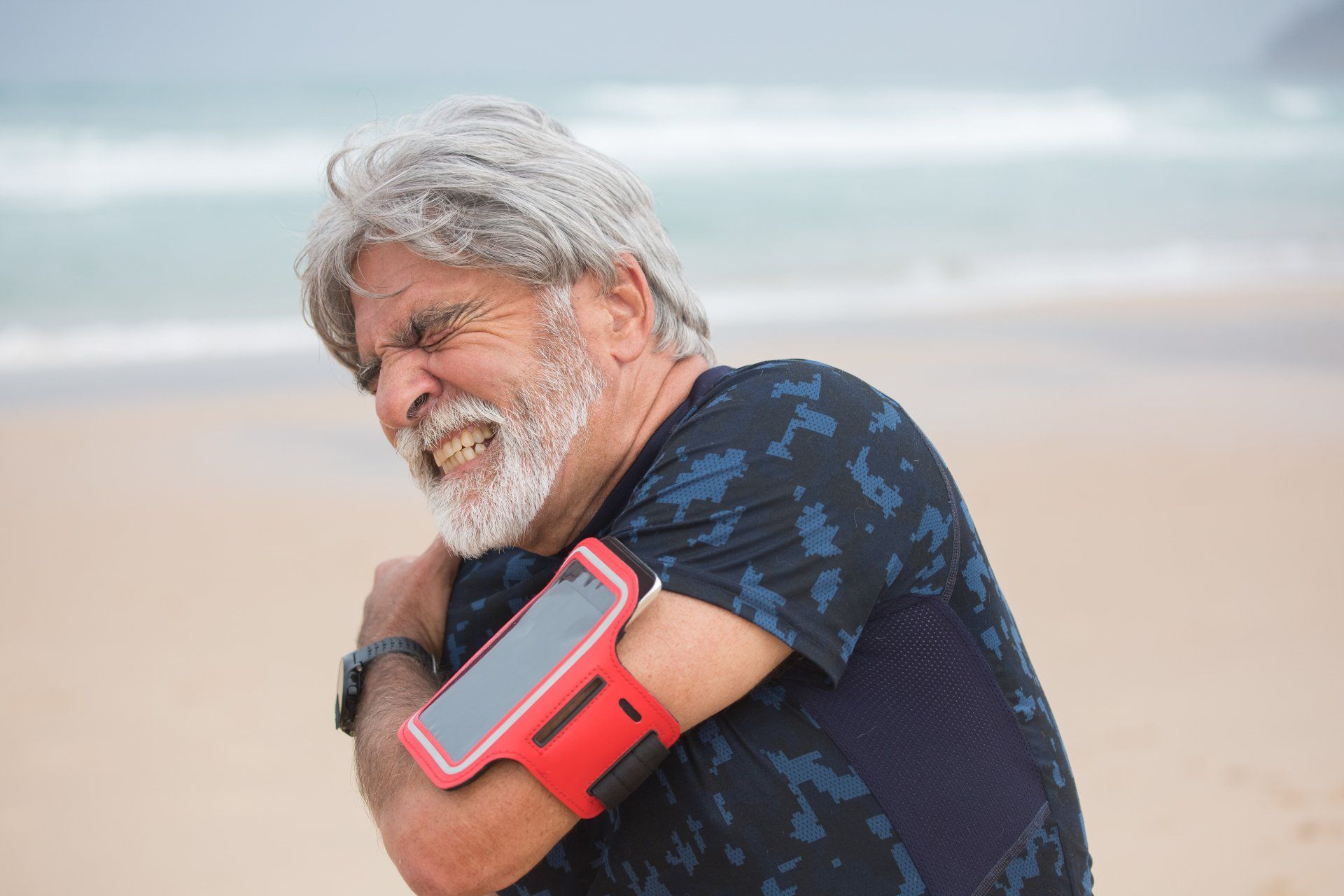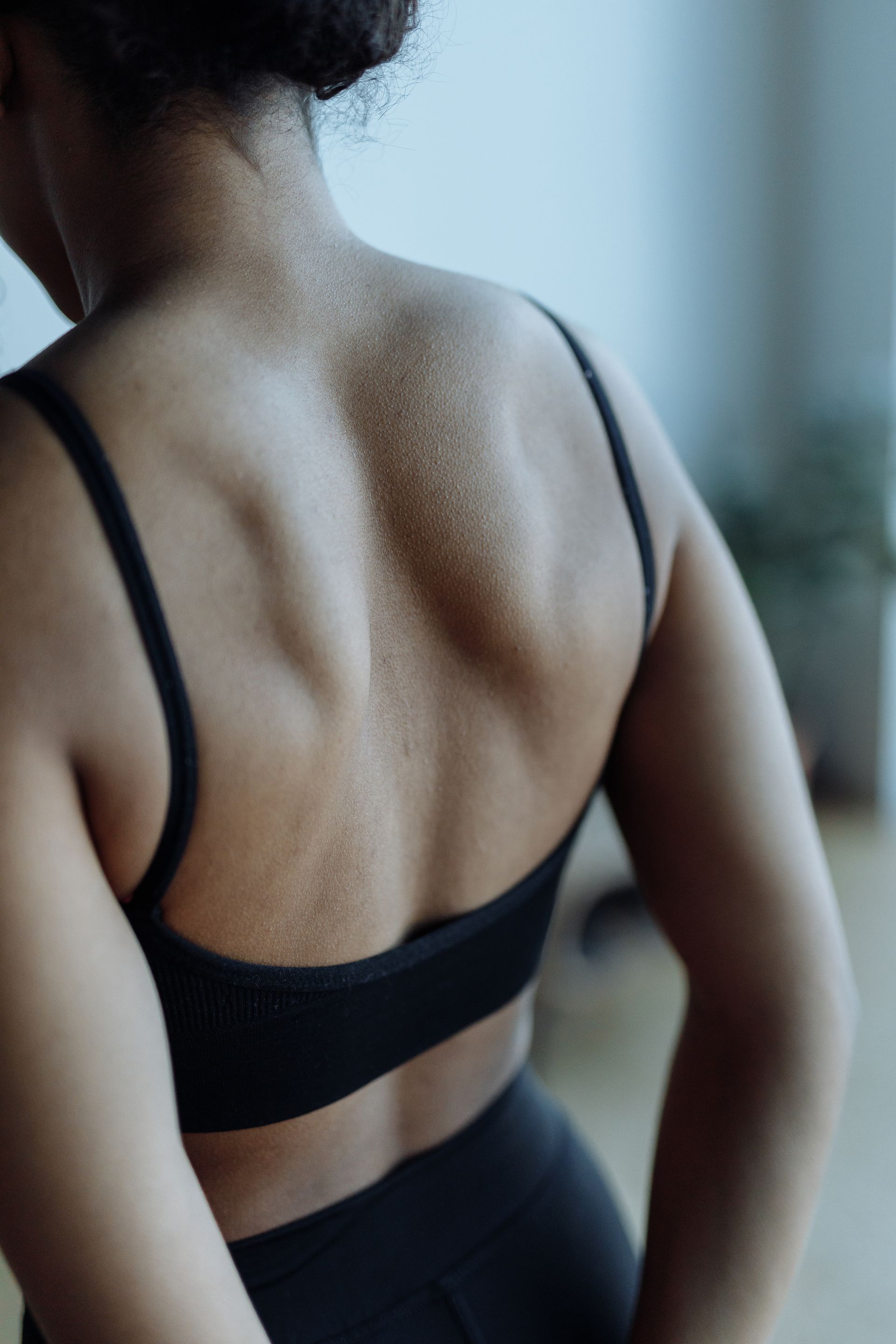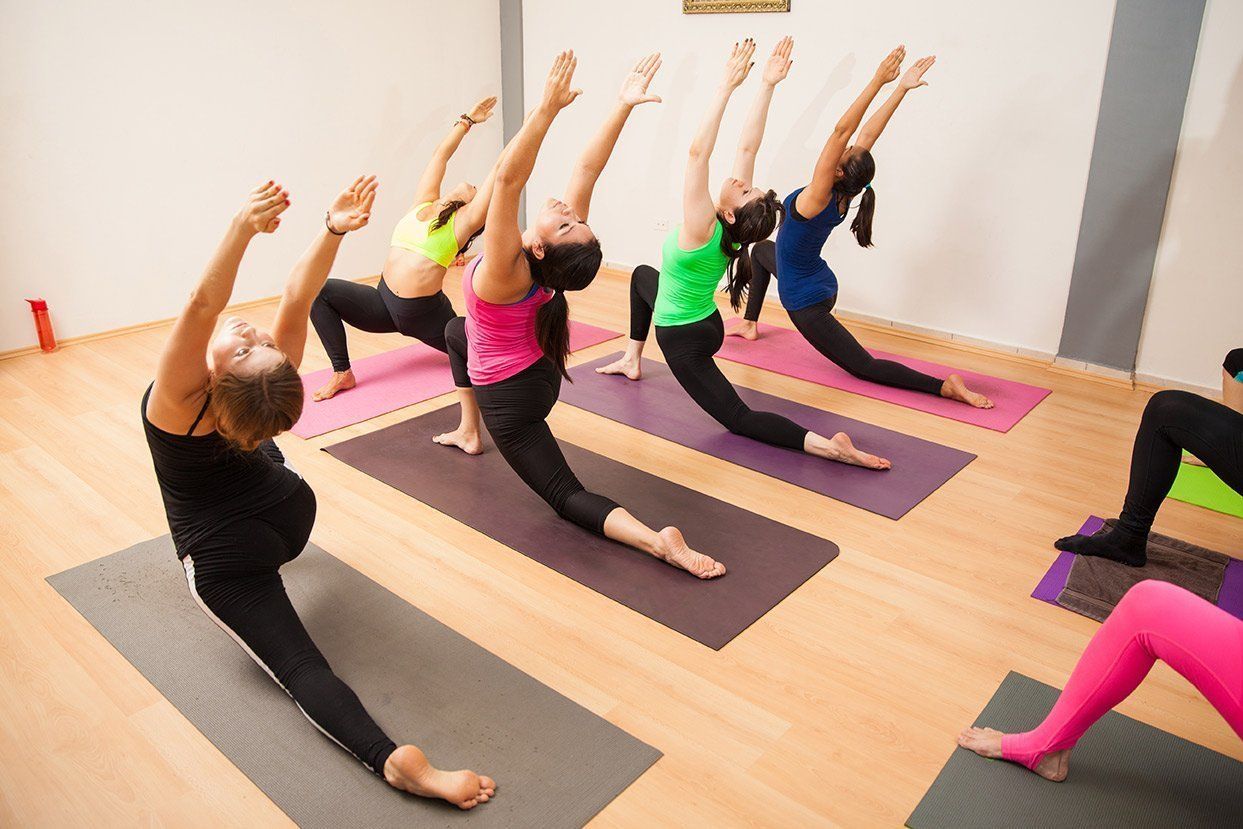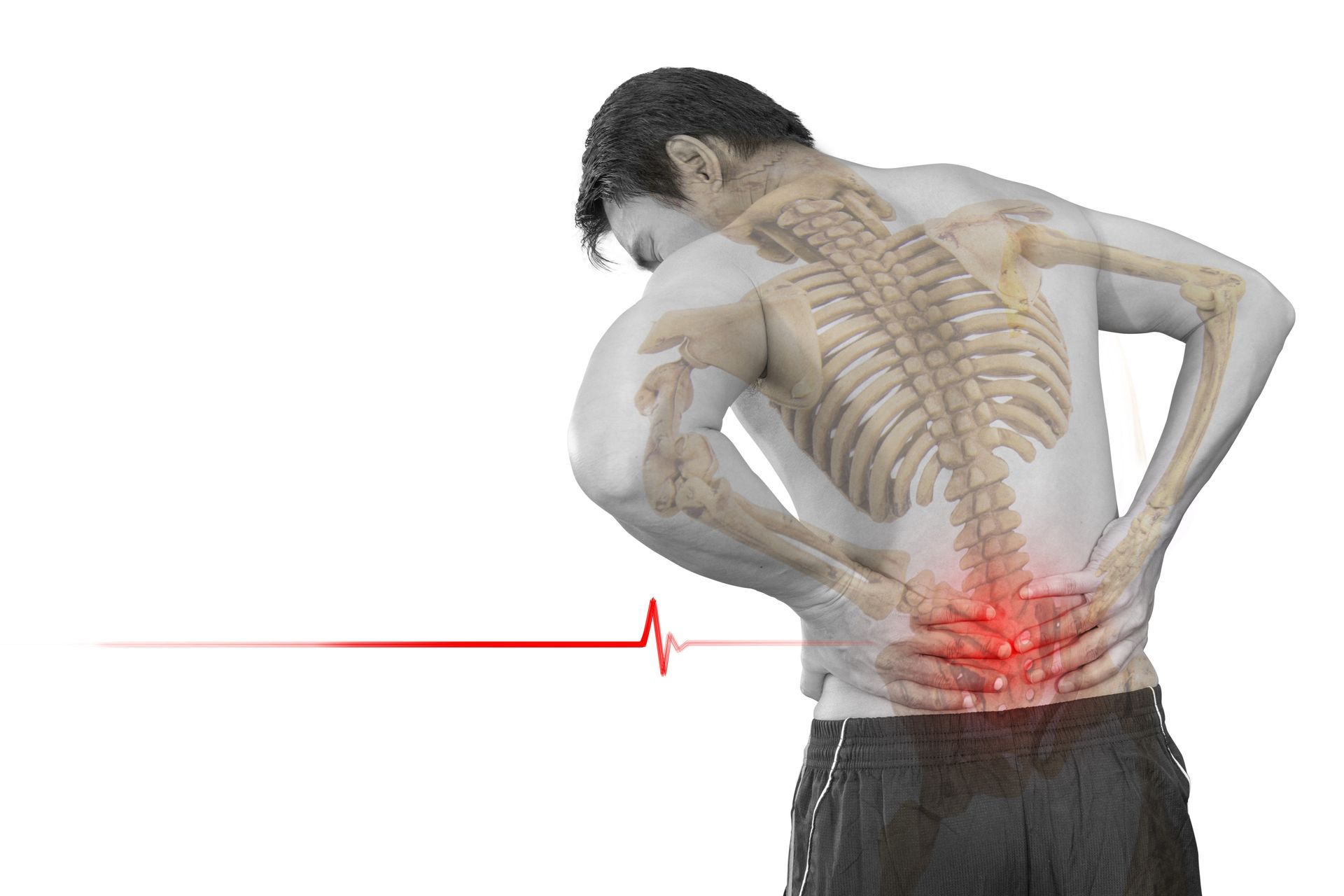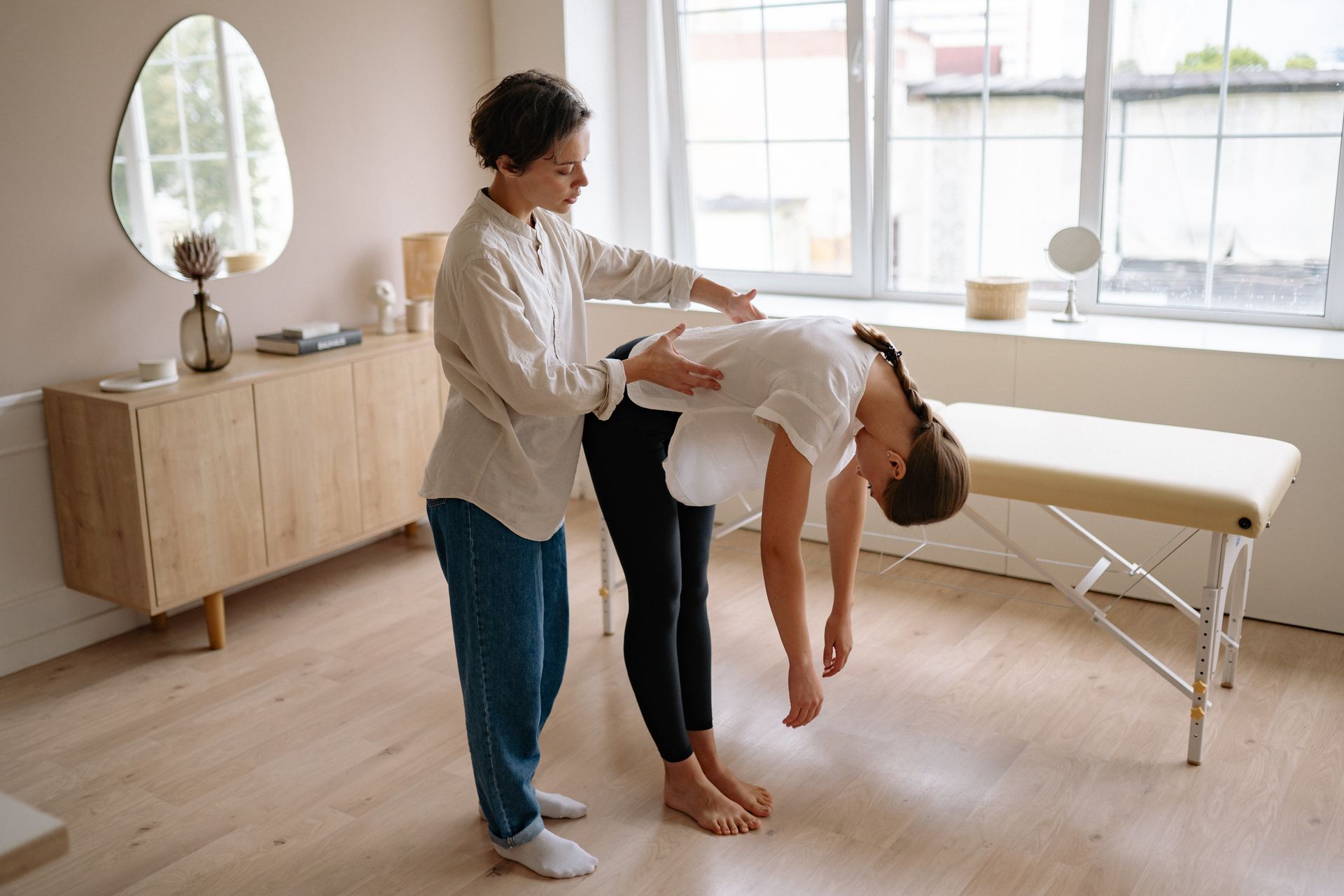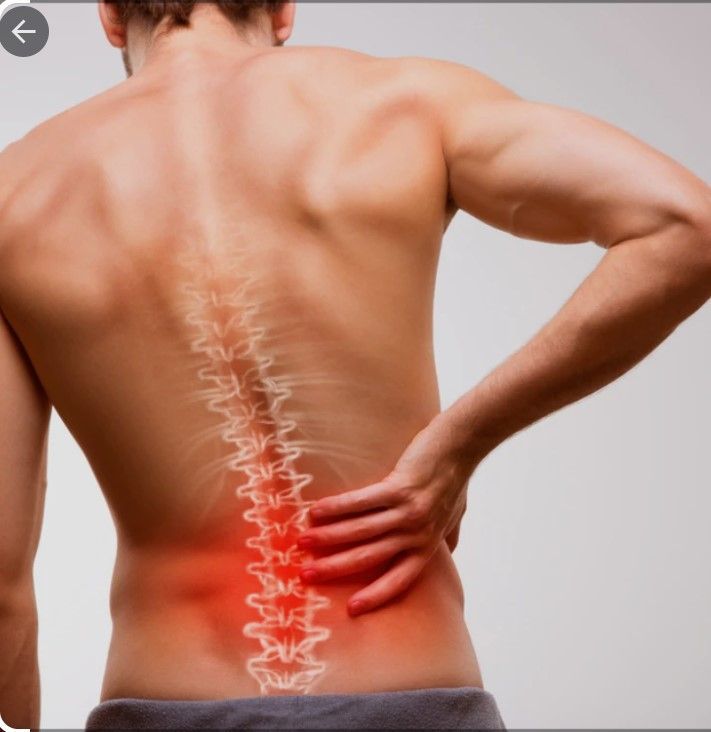How to manage elbow pain in the gym
Get ready to hit the gym with confidence - learn the tools, exercises, and postural tips you need to manage your elbow pain and train pain-free with this helpful guide!

Managing Elbow Pain In The
Gym: Tools, Exercises &
Postural Tips
Going to the gym can be a literal pain, especially if you're experiencing elbow pain caused by elbow epicondylitis. However, there are ways to manage your pain and still get the most out of your workout. In this blog post, we'll discuss various tools, exercises, and postural tips to help manage your elbow pain while at the gym. Whether it's grip support strategies, types of straps, or fitness postural advice, we'll help you train pain-free in no time.
Supportive Tools For Training With Elbow Pain
Caused By Medial And Lateral Epicondylitis
Elbow pain, caused by medial and lateral epicondylitis conditions, can be difficult to manage while in the gym. It is characterized by lateral and medium pain in the elbow which can make lifting weights or using gym equipment uncomfortable. Today will discuss supportive tools for managing elbow pain while continuing to train with these conditions.
Hooks and straps are two tools that you can use. Hooks provide a rigid support and stability for heavier loads when experiencing higher levels of pain. Straps provide less support but still allow for exercises with lighter loads when experiencing milder symptoms from the condition.
When using hooks, make sure to insert them firmly between your palm and handle before tightening around your wrist for an optimal grip. With straps, loosely connect them around your wrists to easily move between different holds during exercise while supporting gripping muscles in the forearm area affected by this condition.
These tools, along with light stretching exercises beforehand, will help reduce symptoms while continuing to use gym equipment at a reduced risk of aggravating injuries associated with medial and lateral epicondylitis conditions. With these tips in mind, you should be able to get back into training without provoking any further elbow discomfort!
Grip Support Strategies To Alleviate Pain
During Exercise
Exercising can be challenging, especially if you are experiencing elbow pain. Pain in the elbow can impede your ability to perform even the simplest of exercises, let alone more advanced ones. But don't fret! There are techniques and tools available to help alleviate elbow pain during exercise so that you can return to your regular routine without delay. In this article, we will discuss practical strategies for grip support and exercises, along with postural tips, to help manage elbow pain in the gym.
To reduce discomfort when exercising, one approach is to use pull exercises that do not cause pain. Machines like the Lat Machine or Pulley are excellent options because they provide grip support while still allowing for some muscle activation in the grip, and a small percentage of the load is raised by them. Other helpful exercises include turning your head away from where you feel discomfort, lifting weights with your hands instead of your arms, or using hooks that avoid activating forearm muscles entirely for more demanding workouts.
Straps also provide tremendous support while still allowing some muscle activation in the grip at a low intensity level. They should be placed around your handle before rotating and then held firmly in place with a handgrip for maximum effectiveness. Stretching before exercise is also critical because it increases the flexibility of the muscles around your joints, preventing stiffness and soreness associated with exercise-related injuries like tennis elbow or golfer's elbow, which result from overuse of specific muscles over time. Furthermore, proper posture is crucial while exercising, as poor posture can lead to undue strain on certain joints, resulting in chronic issues down the road if not addressed promptly. So always ensure that you maintain appropriate form when performing any exercise!
Supporting Muscles During Exercise: Types Of
Straps And Fitness Postural Advice.
We all know the importance of exercise; however, sometimes we experience elbow pain in the gym, which can throw us off our workout game. Fortunately, there are tools and exercises available to help manage this issue. Straps can provide support for the muscles during exercise and reduce lumbar and elbow pain. Romanian or classic straps are a few types that can ensure loads are held securely with hands for motion control.
Finally, stretching and strengthening exercises should be done regularly in addition to using straps or other tools for support during workouts to reduce elbow pain and maintain optimal posture while exercising. Don't let your workouts suffer because of elbow pain. Utilize these strategies today and keep your body feeling strong while staying active!
Bottom Line
"No matter what type of elbow pain you are experiencing, it is possible to manage it while at the gym with the right tools, exercises, and postural tips. Whether it involves grip support strategies, types of straps, or fitness postural advice, you can now manage your elbow pain and still achieve a great workout. So, don't let your workouts suffer because of elbow pain. Take action today to get back on track!"

